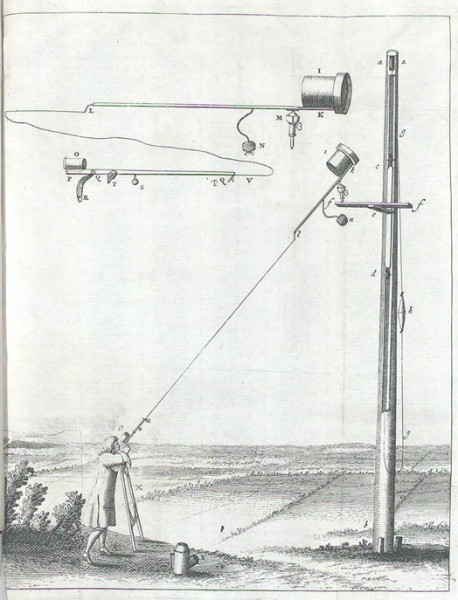
The telescope of Constantijn Huygens
Christiaan Huygens
His Life
Christiaan Huygens was born in 1629. Even at an early age he showed a particular talent for mathematics and technology and he was nicknamed ‘my Archimedes’ by his proud father Constantijn. From 1666 to 1681 Christiaan was director of research at the French Academy of Sciences in Paris. During the rest of his life he worked as an independent scientist.
Scientist
Christiaan's most important instrument in his research was mathematics. He tested many of his discoveries in practice, often using instruments he designed and built himself. The most famous example of this methodology is the pendulum clock. Christiaan's work can be divided into three main areas: mechanics, astronomy and optics.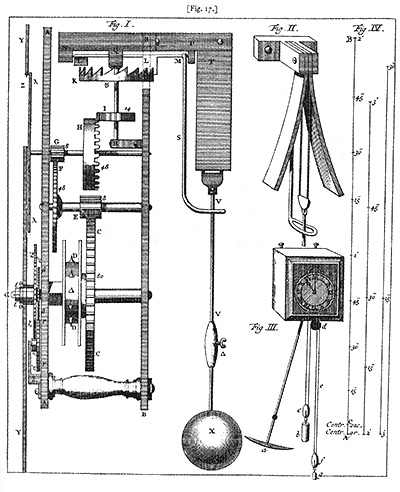
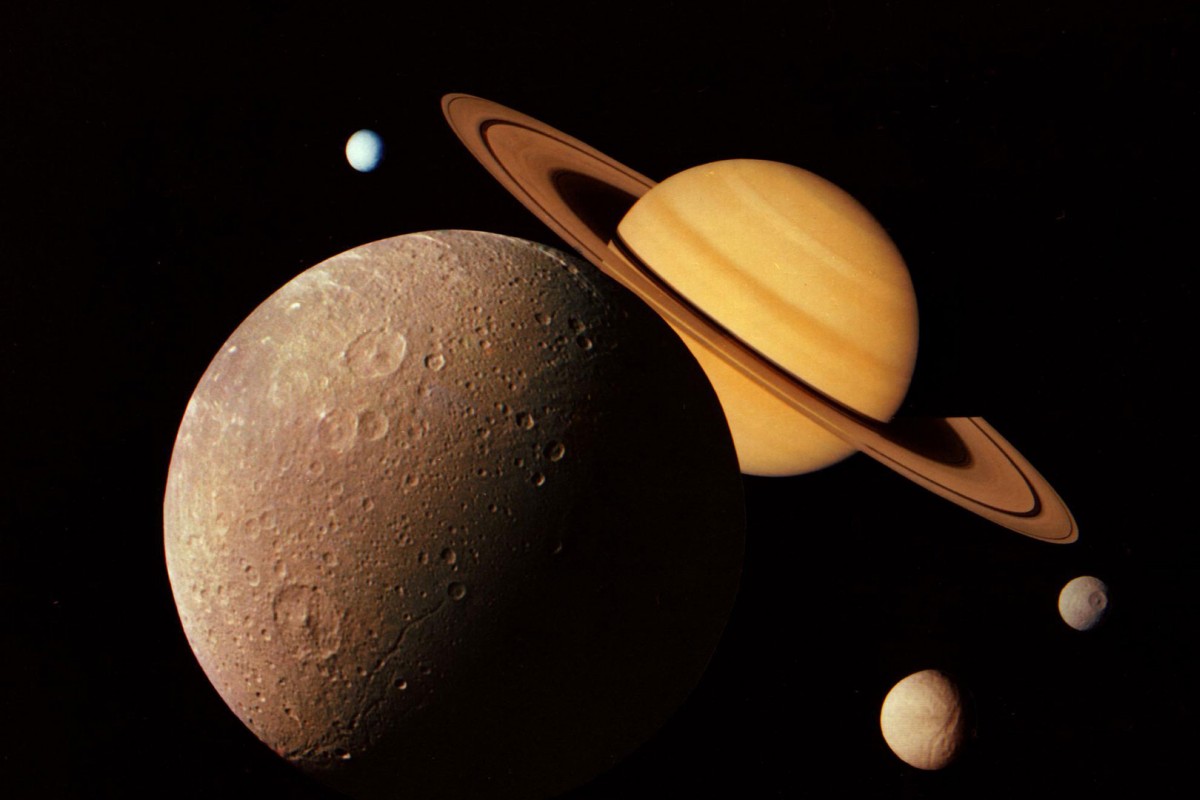
Pendulum Clock
Possibly the most important invention made by Christiaan was that of his pendulum clock in 1656. This invention was far more accurate than any existing mechanical clocks. In essence, Christiaan's improvement lay in the pendulum used to drive his timepiece, the upper part of which swung against two curved metal cheeks, known as cycloids, on every stroke.
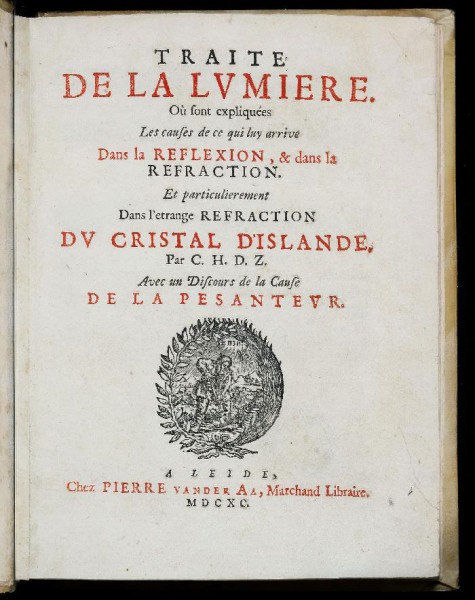
The principal of the Pendulum clock
Hofwijck
Christiaan lived in Hofwijck from 1687, following the death of his father Constantijn. It was during his years at Hofwijck that Christiaan wrote one of his most important works, Cosmotheoros, in which he expounded his theory about the celestial worlds. The book was not published until 1698, three years after Christiaan's death.
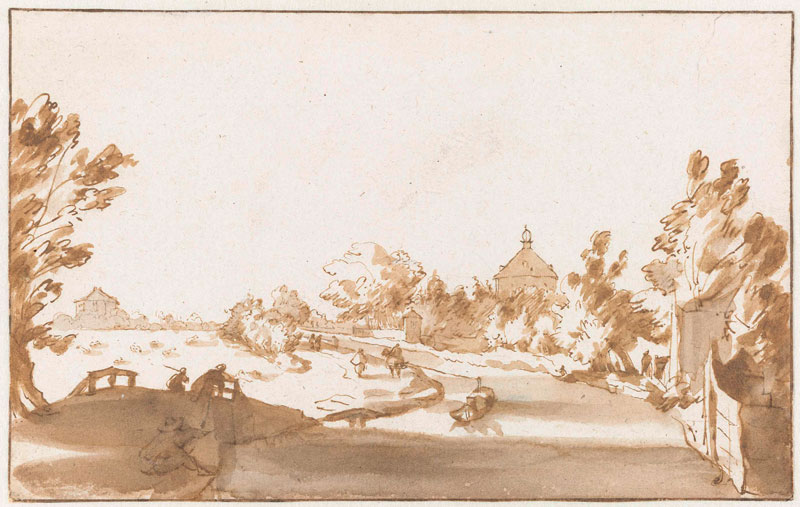
Hofwijck at the Vliet, Jan de Bisschop
Light
‘The Principle of Huygens’ describes the theory of light propagation. Christiaan saw this movement of light as the effect of spherical advancing waves moving through a very fine ether, in a series of pulses. This theory allowed him to explain the reflection and refraction of light in media such as glass and water. He explained this phenomenon in very clear mathematical terms.
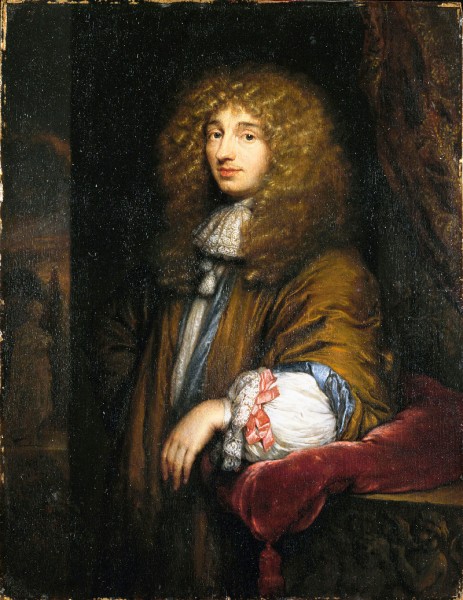
Portret Christiaan


